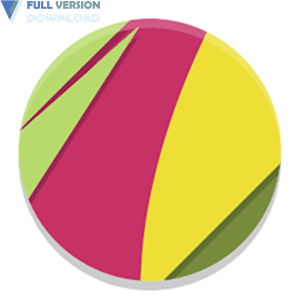


You can also use another material you have: in this case you must inform the person in charge of the makers' lab to ensure that it is possible to cut it with the laser. The medium plate will be provided by the makers' lab, however to reduce waste we invite you to use scrap materials if they are suitable for your project. Later in this module we will talk more about other materials that can be laser cut. Medium density fiberboard (MDF) is a composite material made from wood fibers, and is an inexpensive material that can be cut with a laser. The makers' lab laser cutters have a maximum working area of 1000mm x 600mm. To find out if your part can be laser cut, ask yourself this question: can it be easily made "flat"? If it is a volume, can I easily expand it to obtain a flat surface? If the answer is no, you will have to manufacture it with a 3D printer (see 3D section).įor this course, all the 2D parts of your project must fit in a 200mm x 300mm plate of wood (medium) of 3mm thickness, you can of course make smaller parts. Add the list of parts to your documentation and don't forget to include a short description. Be careful: they should only be parts that can be manufactured in 2 dimensions. Start by defining which parts are to be manufactured with laser cutting. Now that we understand how laser cutting works we will draw and cut the parts of our prototype. Engraving: the machine performs a scan to cover the entire surface of the image.
Use gravit designer to convert 2d pictures to 3d series#
To engrave the machine will make a series of very fast passes to cover the entire surface of the area to be engraved, the laser marks only the surface of the material and does not cross.Ĭutting a part: the laser follows the contour of the part to be cut. For cutting, the machine will follow a vector path, the laser passes through the material to cut the part. With the Trotec speedy 400 laser machine it is possible to perform two different types of machining: cutting and engraving. There are several types of lasers, at the makers' lab we use a laser generated within a gas: carbon dioxide, we talk about CO2 laser. To learn more about the technical details of how a laser works you can watch this video. In machining, the laser's coherent light is focused by means of a lens to obtain a very high concentration of energy on a small surface, which makes it possible to cut or weld many materials. Lasers are used in many fields such as metrology, medicine, communications, etc. LASER is an acronym that stands for Light Amplification by Stimulated Emission of Radiation. Vector files of the cutlery case, designed with Illustrator and Makercase The parts of the cutlery case laser cutted The assembled cutlery case The following images show the use of laser cutting in the cutlery case example. The video below gives a quick overview of the laser cutting machines you will find in the makers' lab. The only limit is the thickness of the materials that can be processed (10mm on makers' labs machines). This precision, difficult to reach by human hand, allows to quickly manufacture parts much more complex than with traditional tools.

Laser cutting uses vector files to calculate the coordinates of its movements with micron precision.


 0 kommentar(er)
0 kommentar(er)
